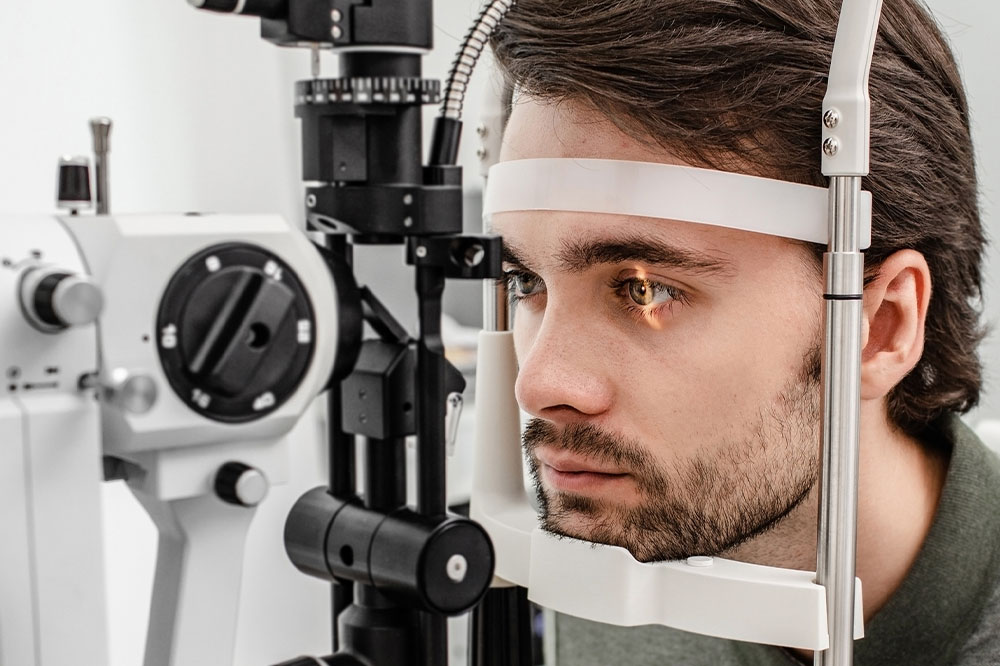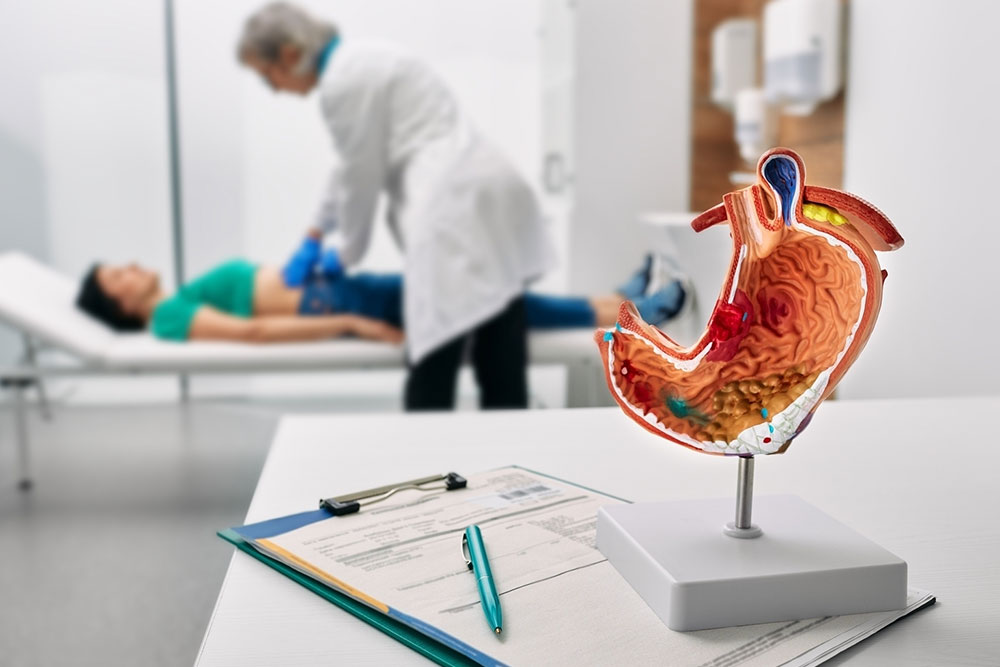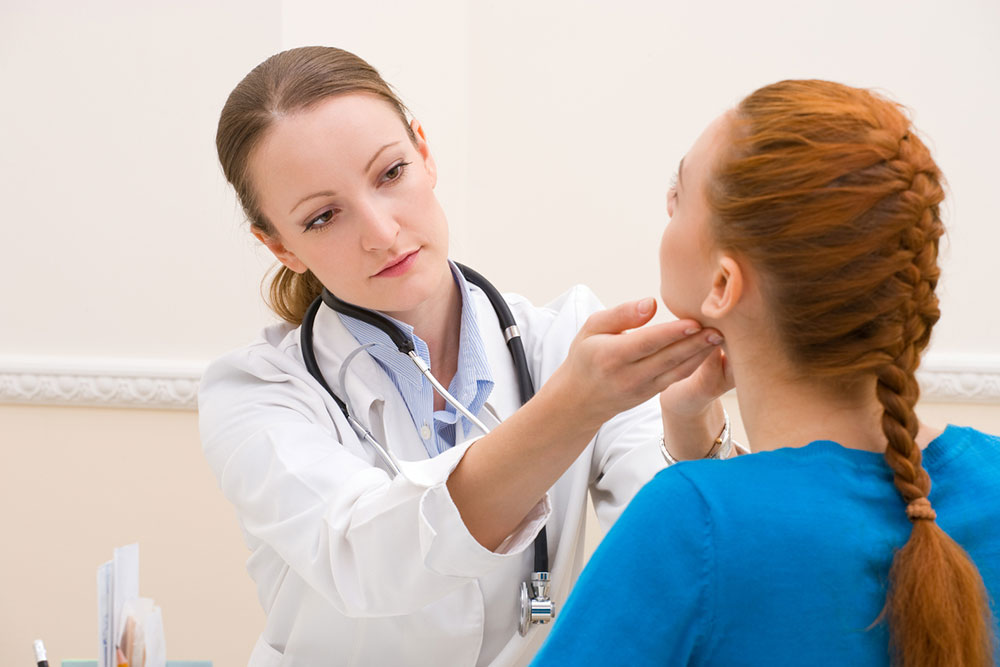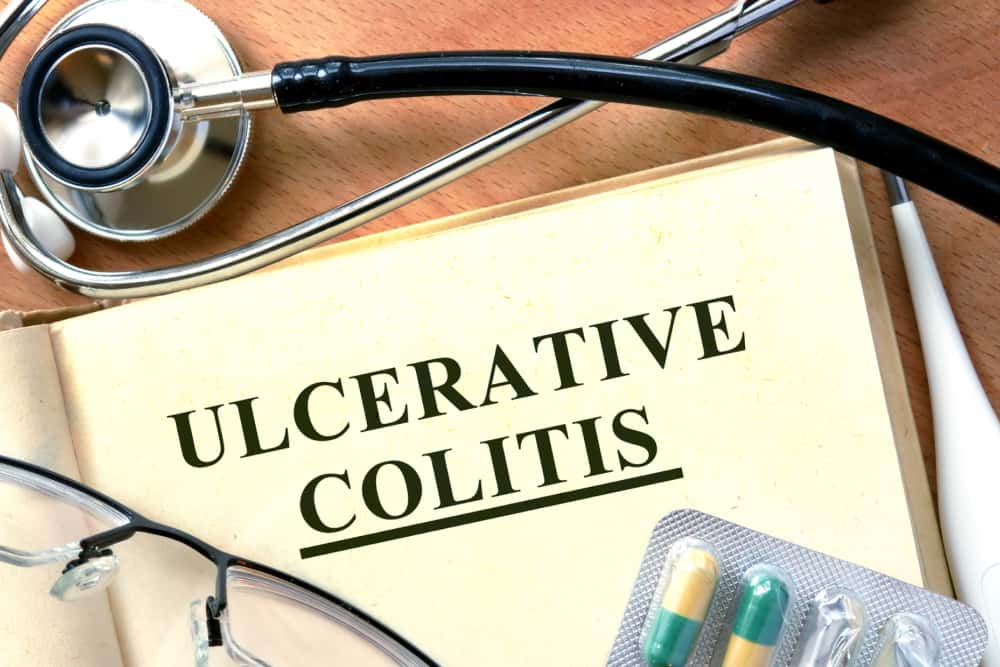5 tips for healthy lungs
Maintaining lung health is crucial for our overall well-being. Our lungs are primarily responsible for supplying oxygen to our body and releasing carbon dioxide, which is why taking good care of them is essential. However, with the increasing prevalence of lung-related diseases worldwide, prioritizing lung health is becoming more critical than ever. This article will impart valuable tips to help one keep their lungs healthy. Some of them are: Environmental factors that affect lung health The air we breathe can have a significant impact on our lung health. Exposure to air pollution, occupational hazards, and allergens can increase the risk of developing lung-related diseases. Air pollution significantly contributes to lung-related diseases and can lead to chronic obstructive pulmonary disease (COPD), asthma, and lung cancer. Occupational hazards such as asbestos, coal dust, and silica can also lead to lung-related diseases. Besides, allergens and irritants such as pet dander, pollen, and smoke can also irritate our lungs and cause respiratory problems. To minimize exposure to these environmental factors, it’s essential to wear protective gear, avoid smoking and secondhand smoke, and maintain indoor air quality. Tips to promote healthy lungs Here are some tips to keep your lungs healthy: Practice good hygiene Practicing good hygiene helps prevent the spread of respiratory infections, which can be particularly harmful to people with compromised lung health.
Read More 









